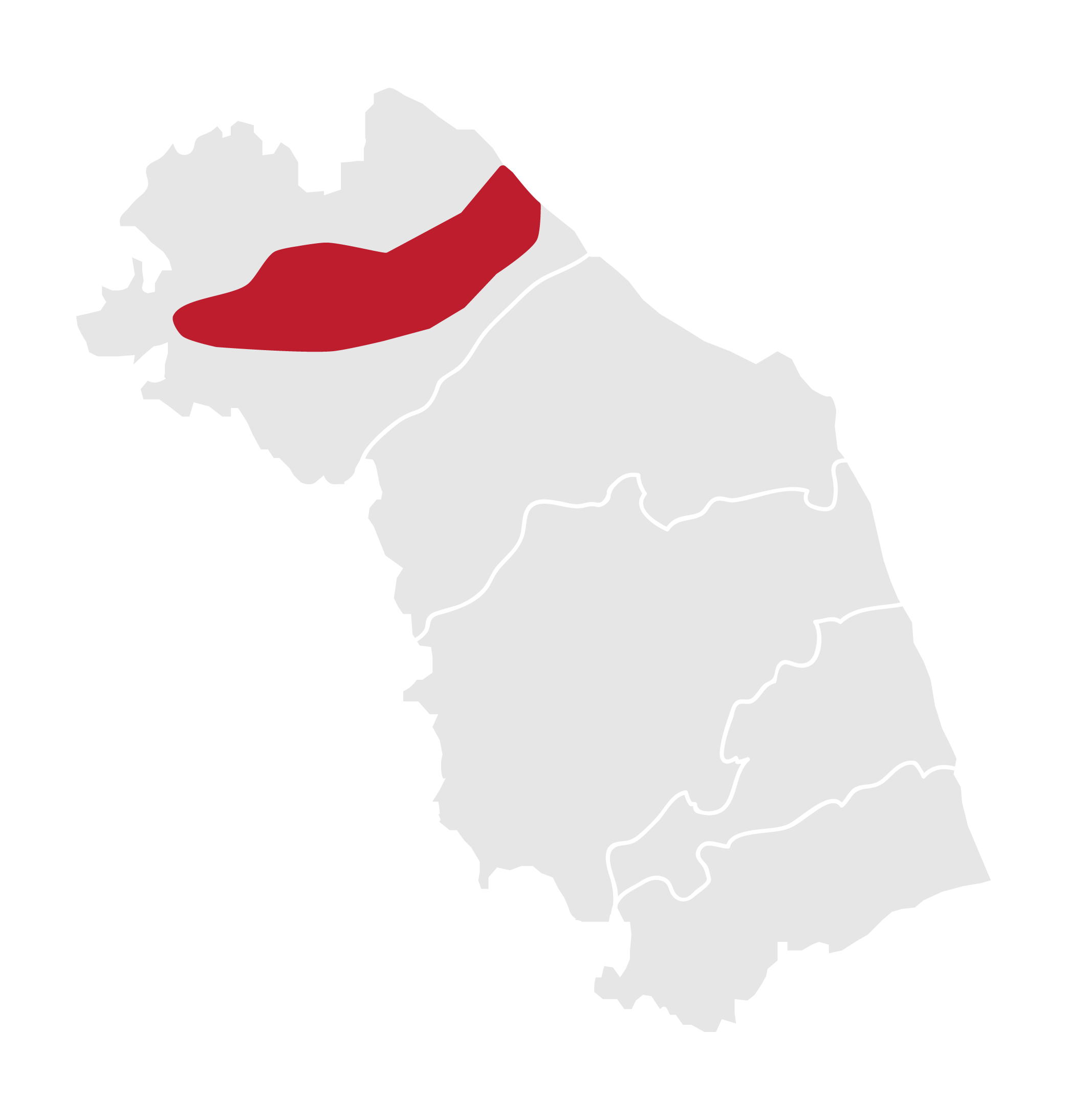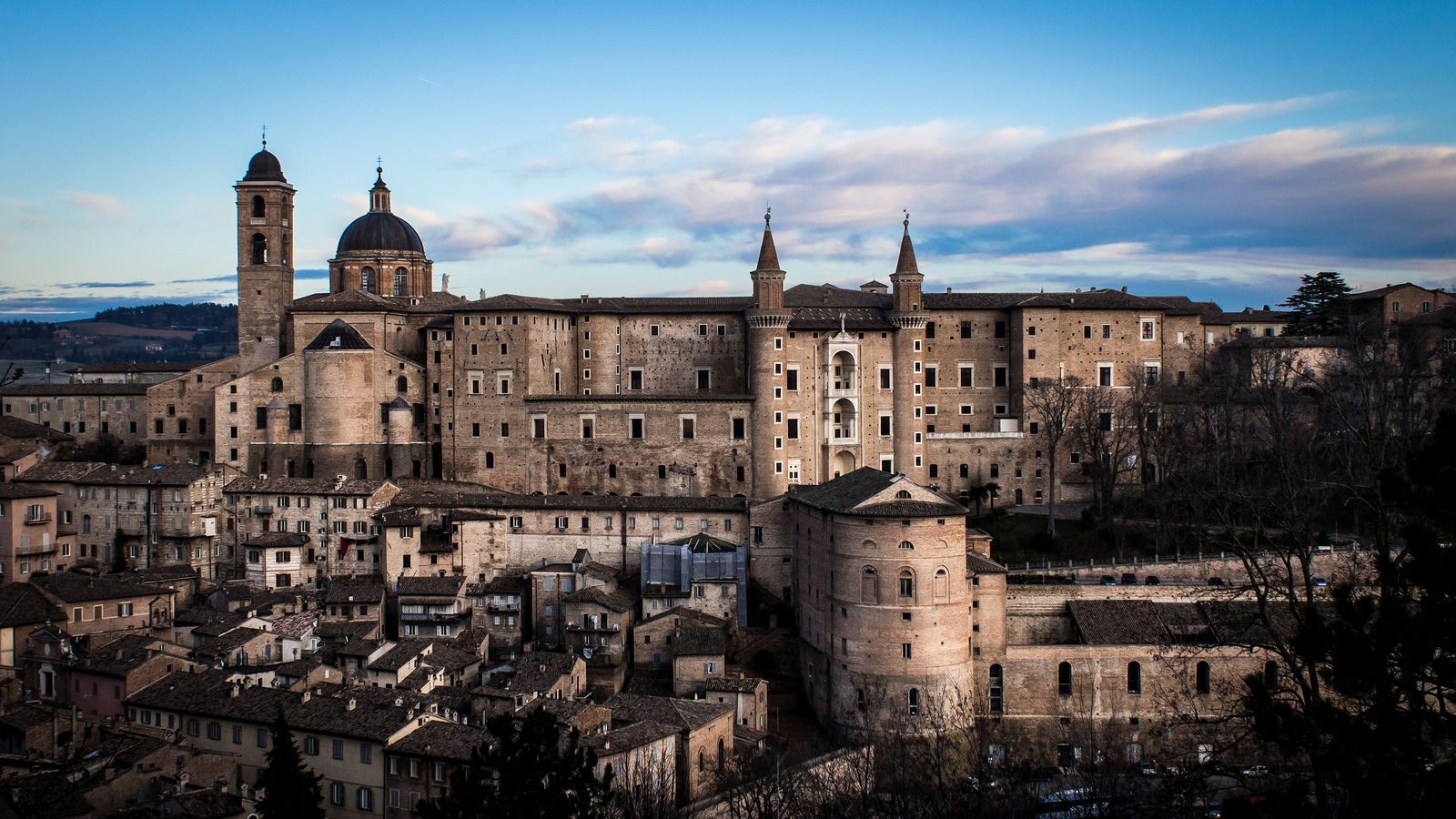
Located at 460 meters above sea level on an easily defendable elliptical hilltop and rich in water resources, the city of Urbino has been inhabited for a long time. In fact, this area has been frequented since the Prehistoric Age thanks to its strategic position. Located on the watershed between the Foglia Valley and the Metauro Valley, it controlled the nearby Furlo Gorge, through which there passed a natural route connecting the upper Tiber Valley to the Middle Adriatic region. The first attestations of a more or less structured settlement date back to a chronological arc between the 6th and 4th centuries BC: some ceramic fragments and some tombs referable to Picene culture. The earliest Roman frequentation of the area can be dated to the 3rd c. BC: once again the ceramic finds bear witness to the presence of a first Roman settlement, which must have had the appearance of an oppidum, a fortified center. An impressive wall made of square blocks was built around the settlement between the 3rd and 2nd centuries BC: some fragments embedded in masonry of successive ages are currently visible. With the 1st c. BC, Urvium Mataurense became a municipium, and probably became an episcopal see at the beginning of the 4th c. AD. However, few remains of this first historical phase are still visible. Urbino underwent a profound period of crisis in the 6th c. BC, following the Greek-Gothic war, which resulted in a decrease in the rustic settlements spread over its territory, and the consequent castling of the top of the city.
We have found no place to eat in the vicinity
We have found no place to sleep in the vicinity
No Itinerary Found

|
Address | Via Puccinotti 3 Urbino |

